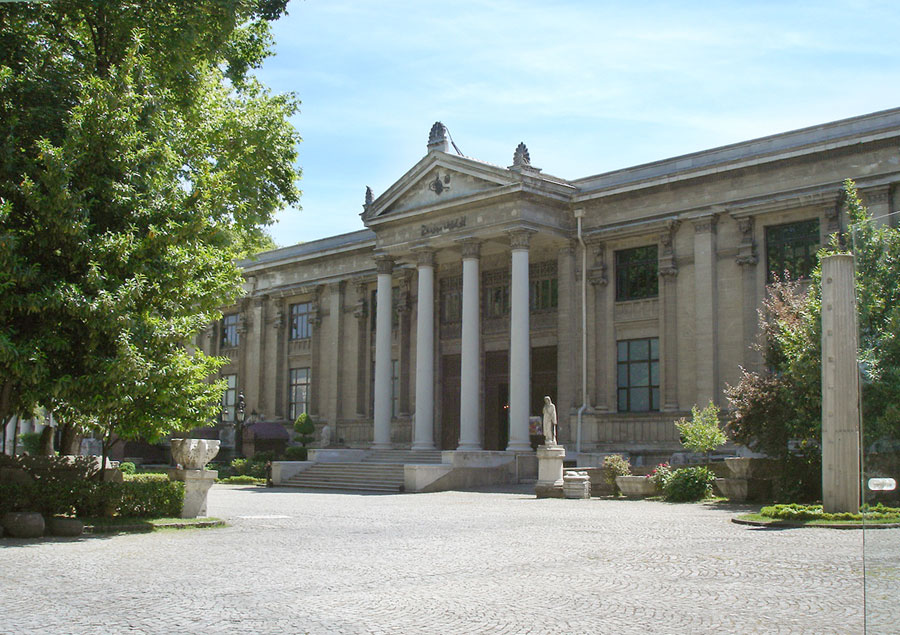 |
| Istanbul, Archaeological Museum | |||
 |
|
||
| Istanbul Arkeoloji Müzesi | |||
|
The museum was founded in 1891 under Sultan Abdülhamid II. by the painter and archaeologist Osman Hamdi Bey as Müzesi Humayun ("Museum of the Empire") as the central archaeological museum of the Ottoman Empire.
The pieces of the museum come from the territory of the entire Ottoman Empire, today they are enriched by finds from Istanbul and its surroundings. The building has two floors. On the ground floor there are 20 exhibition rooms, on the upper floor there are 16 other rooms with smaller objects and sculptures from the Middle Ages and modern times. A new six-storey outbuilding is located southeast of the main building.----
Probably the best known individual object in the museum is the so-called Alexander sarcophagus from the 4th century BC, which was excavated in 1887 by the museum founder Osman Hamdi Bey in Sidon (Lebanon). |
|||
|
|
|||
| The so-called Alexander's sarcophagus | |||
 |
|||
 |
|||

 |
|||

 |
|||
|
|
|||
| Photos: @chim (from 1998, unfortunately still analogue photographed) | |||
| Translation aid: www.DeepL.com/Translator | |||
| Source: Wikipedia and others | |||
|
|



